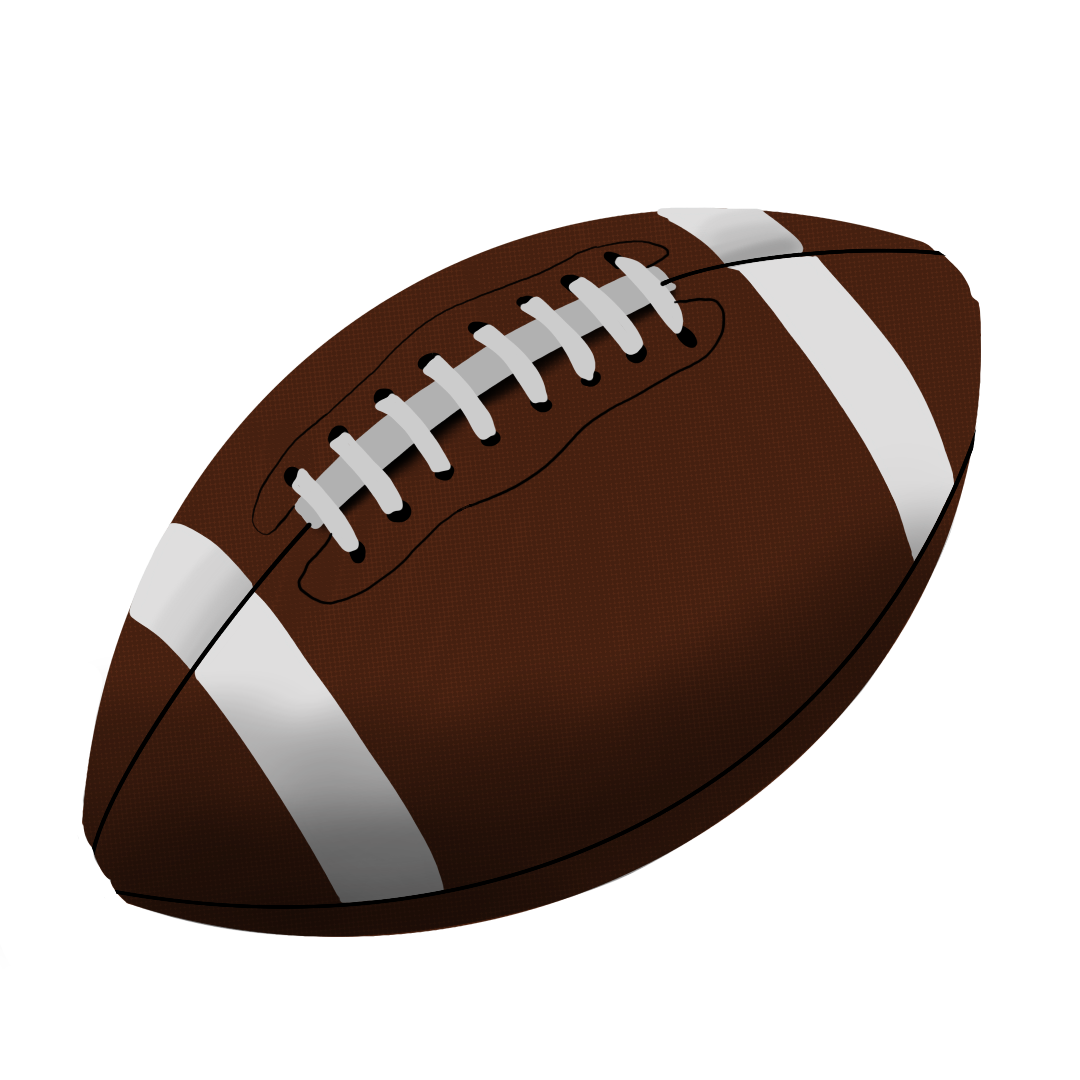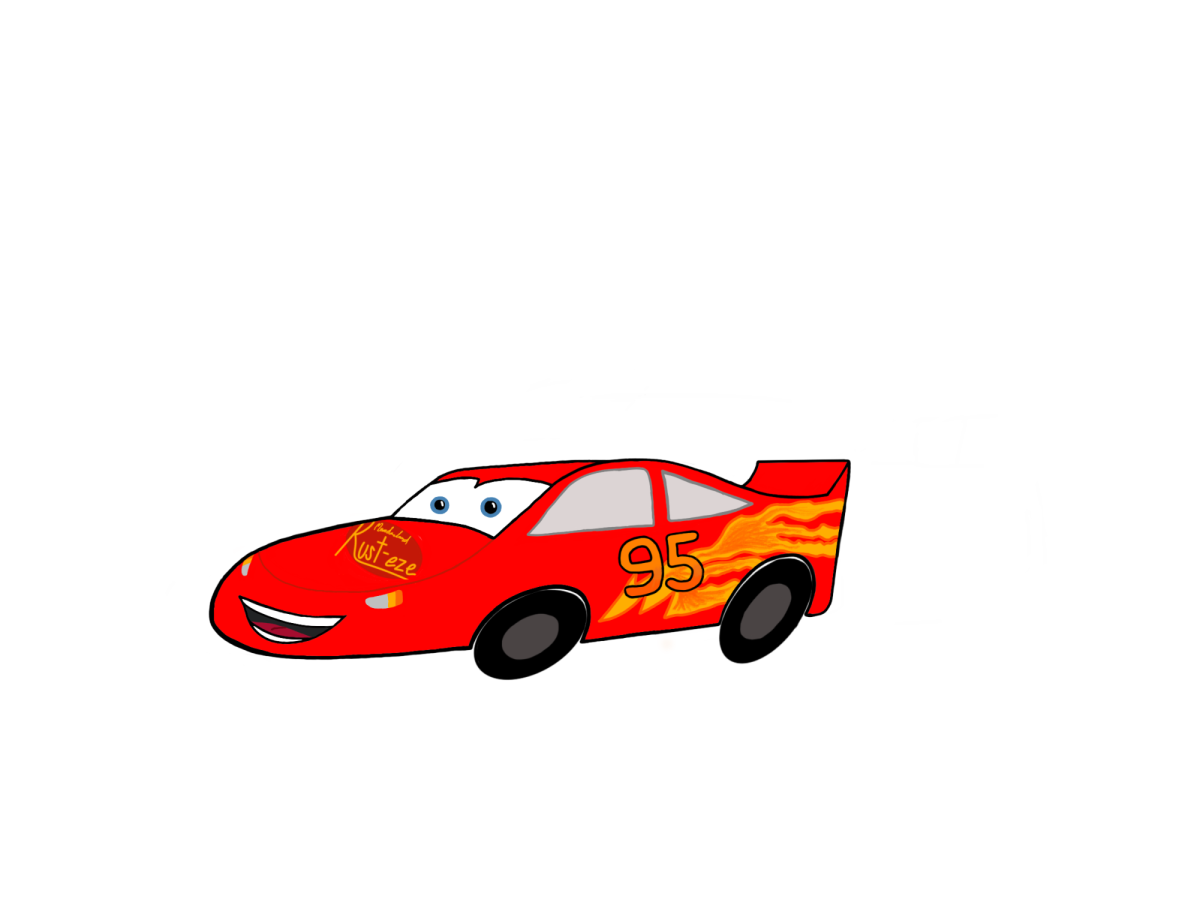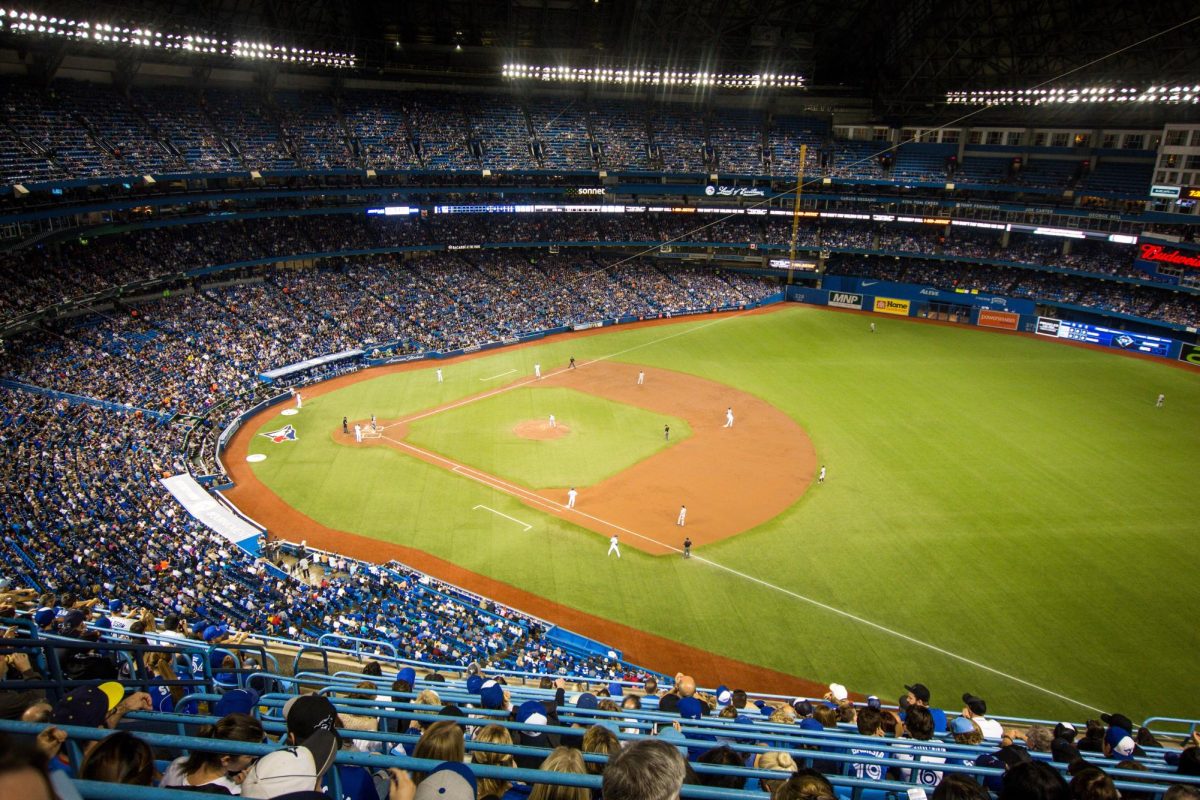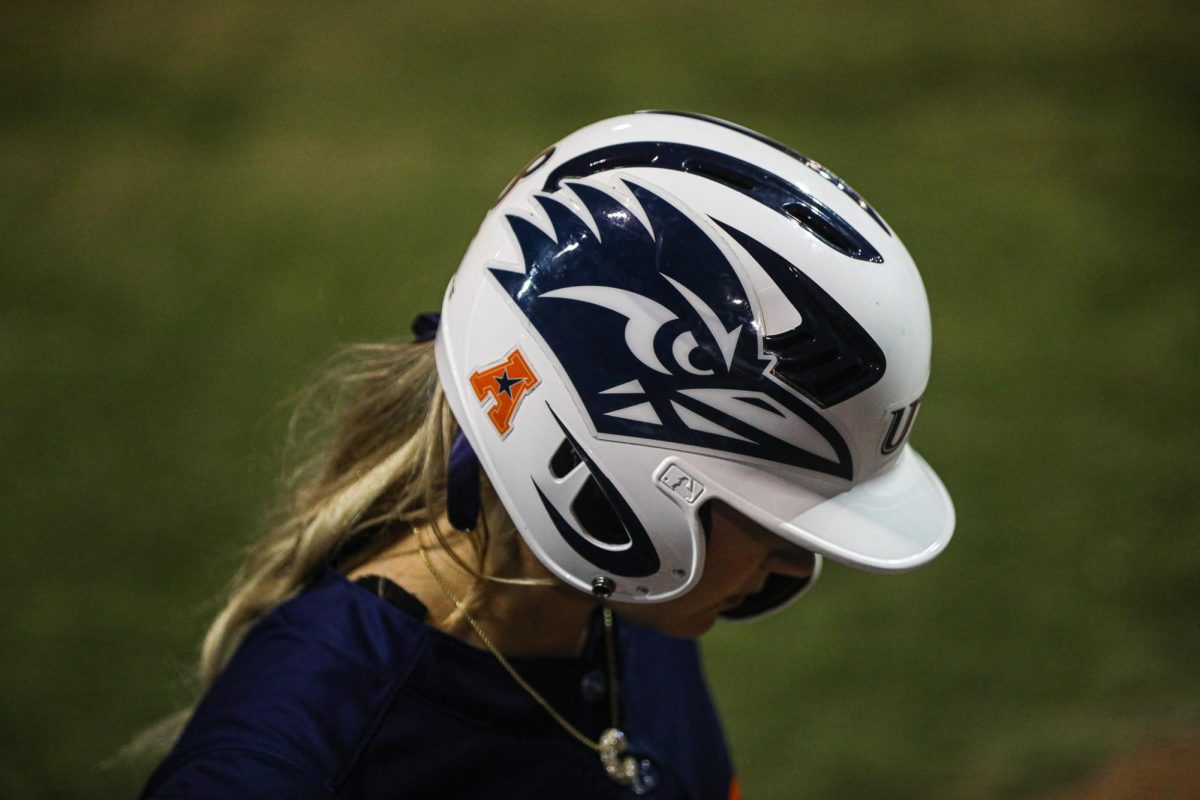With the help of NFL Films, the Dallas Cowboys and Houston Oilers became woven not just into Texan culture but into the greater American zeitgeist. While the Cowboys and Oilers were enjoying their hay days in the latter half of the 20th century, San Antonio was left to watch subpar football fielded by misfits or NFL rejects.
In 1967, local businessman Henry Hight, along with other local business figures, would spark the San Antonio Toros, a semi-pro team. The Toros were one of the best semi-pro football teams in the late 60s, capturing five consecutive titles through four leagues. Hight pitched to the Canadian Football League commissioner at the time to expand to the U.S. and admit the San Antonio franchise.
Hight’s vision of a pro-football team in the Alamo City would never formalize, instead his Toros would shortly later be evicted from Alamo Stadium by another startup team, the San Antonio Wings of the World Football League. While Toros may be forgotten within the long history of Texas football, their impact is still felt today. The franchise was a part of the first spring football season in the lone season of the Trans-American Football League.
Local banker Norm Bevan would purchase the World Bowl runner-up, Florida Blazers, and move them to San Antonio. Unlike the Toros who fielded “NFL hopefuls,” the Wings brought in former NFL talent to fill out the roster. The lone season of the Wings was troubled, the team’s debt ballooned up to half a million dollars. By the end of the 1975 season, players were playing for free. The team went 7-6 notably winning all their home and losing all away games.
After the dissolution of the Wings and the WFL, former Toros tight end and Wings executive, Roger Gill, would spearhead San Antonio’s next franchise, the Charros. Jumping hot out of the gate, the Charros captures an undefeated season and championship in the inaugural season of the American Football Association in 1977. The Charros, later the Bulls with a name change in 1982, would be one of the premier teams in the AFA appearing in three championships and reaching the playoffs six out of seven seasons.
The Bulls would later be sold to oil tycoon, Clinton Manges, when Gill became commissioner of the AFA. The advent of the USFL in 1983 would mark the end of the AFA, with the backing of large TV contracts. The franchise would be renamed once again to the Gunslingers. The success the team had in the AFA would not translate to the USFL. In their two seasons, the Gunslinger would post losing records in the USFL. The USFL would revoke the franchise after the 1985 season with the league not lasting much longer.
In 1989, residents approved the building of the Alamodome. 1991 would mark the return of pro football to the city with local attorney Larry Benson and brother to New Orleans Saints owner Tom Benson finding the San Antonio Riders to play in the NFL’s newly formed World League of American Football. The first season was underwhelming, with the Riders ending the season with a 4-6 record unlike previous attempts the issues were not monetarily. San Antonio was ninth in attendance in the ten-team league.
The Riders would eventually move to San Marcos in 1992 after SAISD refused to sell and advertise beer on the grounds at Alamo Stadium. Despite a record of 7-3 in the 1992 season, the Riders would miss the playoffs in the final season of the WLAF. After moving the team to the CFL, Benson backed out of the venture after running out of capital.
Former WLAF team, Sacramento Surge/Gold Miners who moved to the CFL in 1993 took up the San Antonio Texans moniker in 1995. The Texans lone CFL campaign proved to be successful. The high-scoring offense carried the team to a 12-6 record giving the Alamodome its first pro football action with unique Canadian flair. The Texans would lose to the eventual Grey Cup Champion in the conference final in what proved to be the franchise’s final game before the CFL pulled the plug on its “American Experiment” at the end of the 1995 season.
Football in San Antonio would not come until the dawn of the new millennium. The history of the Matadors of the Spring Football League was brief. The team only played two games, winning both games. The Matadors were named co-champions along with the Houston Marshalls. Five years later, the New Orleans Saints’ home, the iconic Superdome, was left decimated by Hurricane Katrina.
The Saints bounced around three stadiums for their home games in the 2005 season, the Alamodome serving as home for three. New Orleans would drop two out of the three games played at the Alamodome. Still, San Antonians would pack the dome averaging 62,000 fans through the three-game series proving the Alamo City could be home to its own NFL franchise. Benson with his local ties was very open to the idea of making San Antonio the Saints’ permanent home.
NFL commissioner Paul Tagliabue rejected any notion of the Saints staying in San Antonio and returned the team to New Orleans. Tagliabue would later state, San Antonio, would be on the NFL’s shortlist of expansion cities. In the nearly two decades since San Antonio last saw NFL action, the city has been waved over as a relocation destination. Brief talks with the Raiders in 2016 during their second relocation from Oakland, but ultimately nothing formalized.
In 2019, the Commanders of the Alliance of American Football would mark the first pro football action in the Alamodome since the Dec. 24 game between the Buffalo Bills and New Orleans Saints in 2005. At the box office, San Antonio led the league in attendance. On the field, the Commanders were one of the better teams in the AAF. Ending the year 5-3 and top of the Western Conference standings after the league folded in week eight.
The Brahmas would mark the ninth franchise to call San Antonio home. Their inaugural season would prove disappointing, ending the year 3-7. With the merger of the XFL and second USFL, the Brahmas would reset bringing in Houston Roughnecks’ head coach Wade Phillips, along with a new cast of players. The Brahmas will return to the Alamodome on Easter Sunday, against the D.C. Defenders to add another edition to the long and tired professional football story of San Antonio, Texas.













